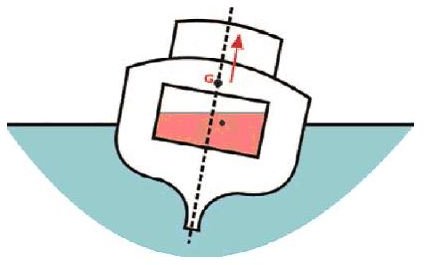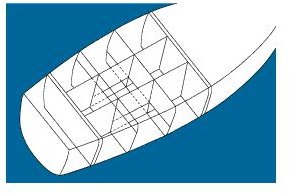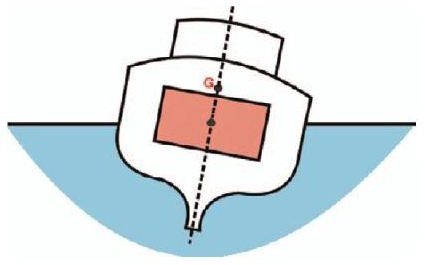Casual factors in major maritime accidents
Casual causes of major maritime accidents
A ship floats on water with the aid of buoyancy force as envisaged by the Archimedes principle. But mere floatation is not sufficient and the ship needs to be stable under heavy conditions of rolling, pitching etc so that in case of rough weather due to a sea storm or in the extreme case of encountering a rogue wave, the ship remains safe for the passengers as well as the cargo.
But apart from these major natural phenomenon, you will be surprised to know that sometimes casual factors can cause major maritime accidents and there are several of these casual factors. Apart from other factors, there is an important factor on which the ship stability depends and that is known as the free surface effect. We will learn about this effect and how it can endanger ship stability in this article.
Dangers of Free Surface
I will explain the concept in a layman’s language without going in much technical discussion. A tank filled with either liquid cargo, water, oil or cargoes such as grain which act like liquids looks similar to the coloured box shown in the image below. If the ship tilts side wards as has been depicted in the picture the entire cargo remains in the same shape since because of it being jampacked in the tank, it is acting like a solid only. No free surface effect comes into play in such a case.
But consider the case when this tank is only partially filled. In this case when the ship rolls, the shape of the liquid changes in such a manner so that it is shifted towards the side to which the tilt takes place. The net result of all this is that the center of gravity of the ship is shifted towards a point which is towards the side of the tilt. This is clearly shown in another picture shown below which shows the same effect for partially filled tanks.

This will cause a reduction in stability of the ship since the metacentric height is reduced significantly and this increases its chances of capsizing when the roll angle is sufficiently large. Moreover if a ship is rolling violently the free liquid also bangs against the bulkhead transferring its momentum which further pushes the ship in that direction.
Prevention of Free Surface Effect Dangers
One obvious solution is to fill the tanks to the brim but obviously that is not a very practical solution mainly because the size of the tanks is fixed while the cargo or oil carried cannot be always assumed to be sufficient to fill it completely. Hence another method is the divide the actual tank into a number of sub-tanks or compartments which reduces the free surface effect quite drastically. The actual manner in which this is done inside a tank can be seen in the diagram below which shows the internal compartmentalization of the ship tank.

The decision regarding putting certain amount of cargo in certain tanks is done at the stage of formulation of the ship’s cargo plans which are made by the navigating officer when the information regarding types of cargo and their quantities are received by the vessel. It is very important to ensure that the free surface effect factor is taken into account as despite the latest navigational aids, it is not possible to predict with 100% accuracy about future weather conditions, hence the possibility of some sort of mild or extreme weather conditions could be there, so it is always better to be on the safer side.
It must also be remembered that free surface effect is not only dangerous within the tanks but if there is too much water lying on the deck it can also add to the already present instability during rolling hence it should be drained off using scuppers and other means provided for the purpose. Just remember the golden rule that since free surface effect originates whenever a free surface is present, the best way to avoid it is to avoid formation of free surface either within or without the tank. Within the tank it can be done be either keeping the tank fully filled or totally empty or by dividing into chambers; while outside it is done by avoiding collected water on decks etc.
References
All Images Courtesy of Transport Canada Website
